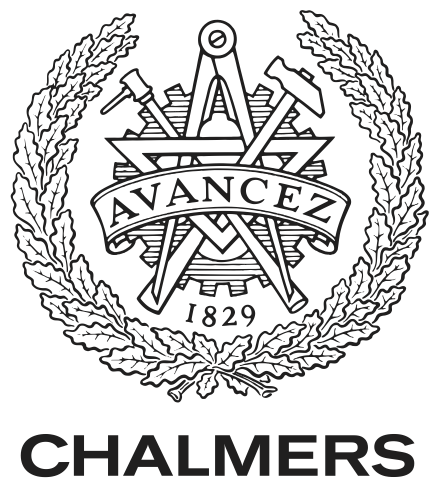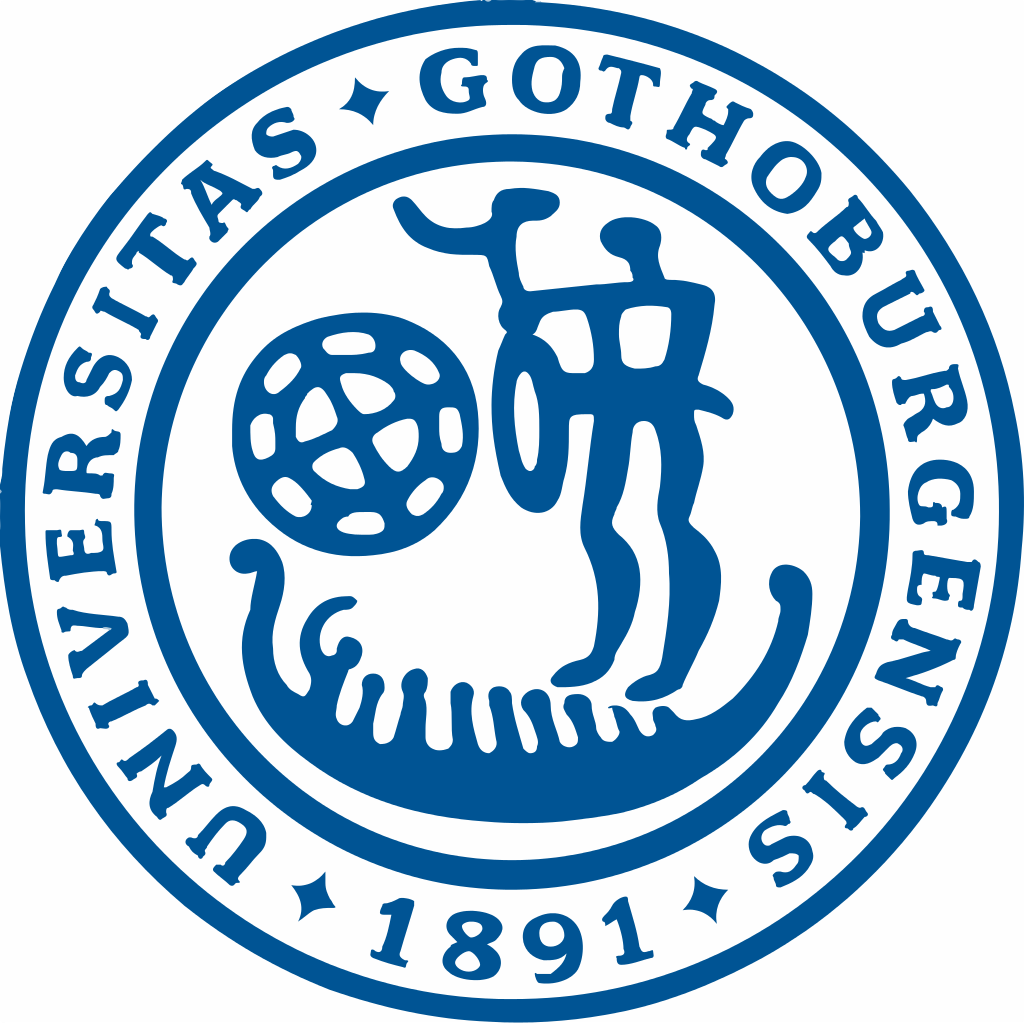Principles of Concurrent Programming 2023-2024
TDA384/DIT392 (Jan 2024 - Mar 2024)
- Canvas room (CTH)
- Canvas room (GU)
- Home
- Information
- Lectures
- Labs
- Reading material
- Computing resources
- Exam
- Exercises


During the exam, you can only have with you the following material:
11 March 2024, Afternoon.
Resit opportunities:Some previous exams are available below for reference.
Recent exams
Older exams by Carlo A. Furia
Older exams by K.V.S. Prasad
Solutions to some of the following exams are available on this page
Exams by K.V.S. Prasad
Hints to solve the exercises: Q1 : (a) The scenario q1, q2, p1, q1 gives n=0 at the end. The scenario p1, q1, q2, p2, p1, q1 gives n=1 at the end. Q2 : The abbreviated version leaves out p1, q1, p4 and q4. Each state now shows where the program counters of p and q are, and the values of wantp and wantq. Draw the state diagram and show there is no state with p5 and q5. Q3 : (a) The state diagram is on p108 of the text-book (b) the definitions of wait and signal are on p109 and p110. (c) See algorithm 6.8 on p119. Q4 : (a) See p 161. (b). eating(i) becomes true only by executing takeForks(i) completely, or by by being unblocked in releaseForks(i+1) or releaseForks(i-1). In both cases, we have fork[i]. Q5 & Q6 : These are programming problems, not involving formal reasoning. Q7 : (a) the processes can livelock, looping p- to p3 and q- to q3. The invariant is that exactly one of C, Lp and Lq is true, (b) We did this in class, in my 3rd lecture. If p does not progress, Lp must be false. So q must progress, and will then set C to true. Assuming fairness, p must then progress.
Exams by Alejandro Russo
Exams by others
The list above will give you a pretty good idea what to expect from an exam. Of course, the course has been run by different teachers and each of them has its own style. If you still want more exams, you can get a copy of them from the Studieexpedition. The structure of the exam and the type of questions is not drastically changing throughout the years. It is true that the used programming languages can be different but the problems the past exams asked to solve are likely still relevant.